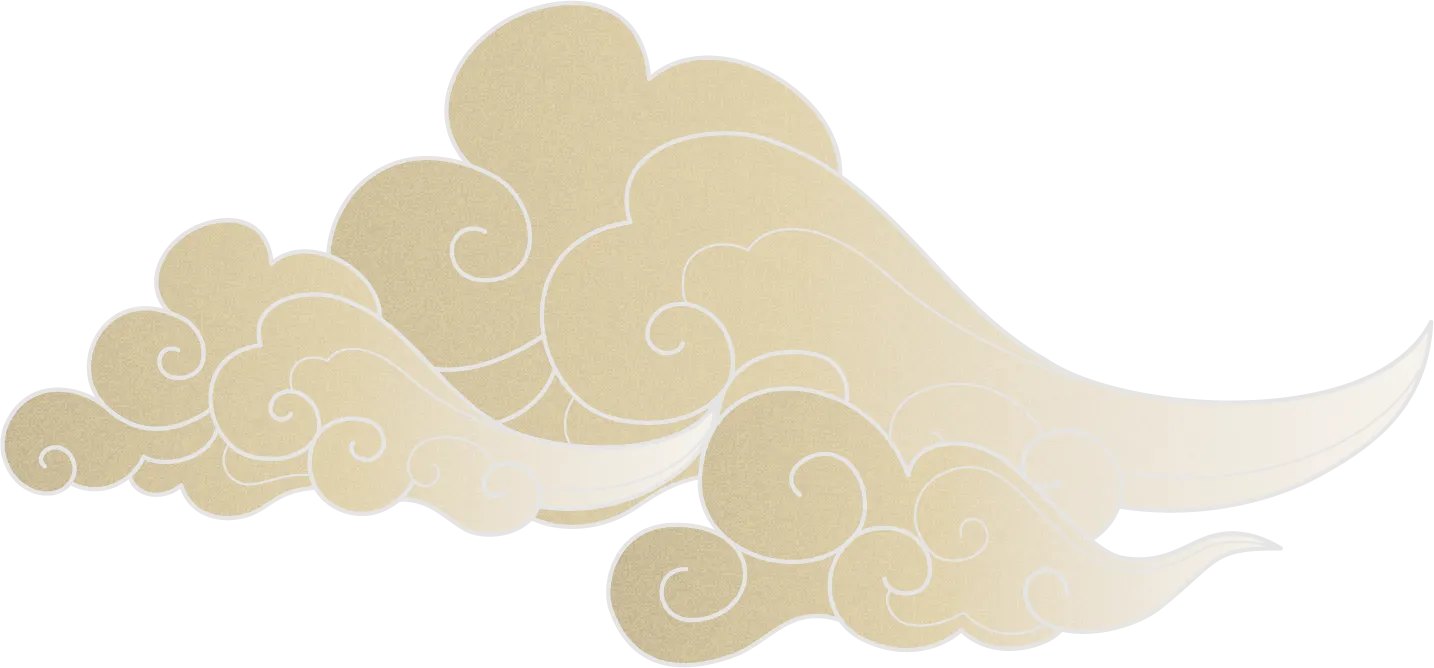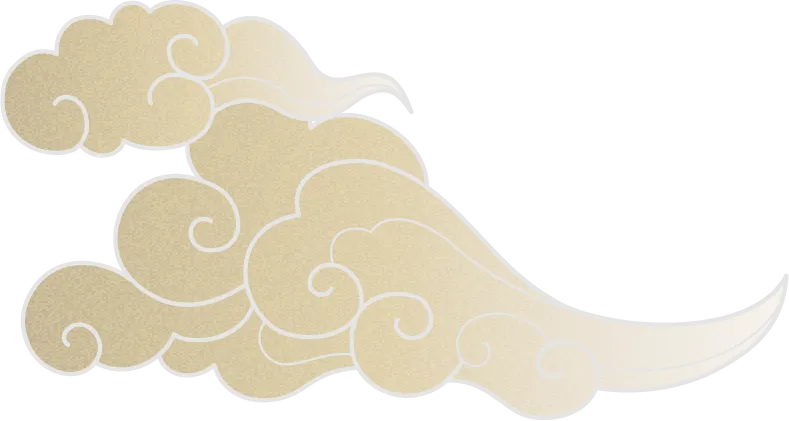column
About Dragon God Belief in Japan
About Dragon God Belief in Japan
Japan’s dragon god belief is a combination of ancient “nature worship” and traditional Japanese “Shinto.”
The dragon god is said to be an entity that freely travels between heaven and earth and controls the power of nature, and is worshiped at shrines as a guardian deity who protects against natural disasters that occur on earth.
He has also been worshiped as a water god who protects the human world by bringing crops to fruition and sometimes causing natural disasters to warn humans.
Reference materials
4th Asia-Pacific Water Summit Emperor Memorial Lecture
YouTube video https://www.youtube.com/watch?v=gA5vGZ9YYlg&t=98s
His Majesty the Emperor spoke in detail about Japan’s mountain beliefs and dragon god beliefs.
Lecture on the theme of “Touching the human heart and water, and the water in faith”
In Japan, including Kumamoto Prefecture, abundant water has created a fertile land, and the relationship between people and water that has been passed down through generations has shaped the unique culture and society of the region.
Culture and society have been shaped by the history of the relationship between people and water, not only in Japan.
This is likely to be the case in other regions around the world, including the Asia-Pacific region.
Looking at civilizations and cultures around the world, water has not only supported people’s lives, but also had a major impact on the relationship between people and nature, and people’s views on nature and the world.
There are examples in Japan and other parts of the world where daily gratitude and fear for water eventually transforms water into a source of spiritual purification and prayer, leading to faith through water.
Hearts, Mind and Water
-Touching Water in People’s Belief’s-
April 23rd,2022
The Mountain Worship and Water
Mountain worship is a form of folk belief found throughout Japan.
As an example of Japanese mountain worship
*1 Mt. Fuji
*2 Hakusan
*3 Omineyama
*4 Mt. Oyama
*5 Mt. Aso Nakadake
There are many shrines and shrines dedicated to these mountain gods.
Mountain worship can be found not only in Japan but also around the world, and has developed in areas with distinctive mountains and ethnic groups closely connected to mountains.
Mountains in Asia that are objects of faith,
Mount Kailash (China) is considered a sacred site for Buddhism and Hinduism, and many people visit on pilgrimage, and Mount Machhapuchhre (Nepal) and Mount Chomolami (Bhutan Himalayas), which I have also visited, are also sacred mountains. It is considered.
Examples of Japanese mountain worship
・Mount Aso in Kumamoto Prefecture is widely known as Japan’s leading active volcano, and was also the subject of mountain worship.
The famous crater of Mt. Nakadake is filled with water at the bottom of the crater, and Takeiwatatsu-no-Mikoto is enshrined as an object of worship. There is a legend that Ken Iwatatsu-no-Mikoto opened a rice field by draining the lake water of Aso Caldera.
His son, Hayanikatamanomikoto, is enshrined at the Aso Shrine at the foot of the mountain as the god of water (Mikumarishin).
It is said that in the Aso region, there has been a belief in the volcano god of Mt. Aso since ancient times, and a belief in the god of agriculture and development that accompanied the development of the Aso Valley, as well as the god of water.
Introduction to spring water in Kumamoto city
Kumamoto City is home to famous water sources such as Lake Gotsu and Mt. Kinpo Spring, and within the prefecture there are also famous places with an abundance of pure water, such as Shirakawa Water Source.
In addition to worshiping Mt. Aso, these famous waters are also the subject of many religious beliefs, and small shrines are placed near the springs.
・Let’s take a look at the relationship between Mt. Haku, a sacred mountain representing Japan that straddles Ishikawa, Gifu, and Fukui prefectures, and water.
The altitude of Mt. Hakusan is over 2,700 meters, and it is the source of large rivers such as the Tedori River, the Kuzuryu River, and the Nagara River.
Perhaps related to this, Mt. Hakusan has been worshiped since ancient times as the parent deity that connects life, as well as the god of water and agriculture.
It is said that Mt. Hakusan was opened as a place of mountain worship by a monk named Taicho during the Nara period (717), and in 2017, the 1300th anniversary festival was held.
You can see that there are many mountain beliefs in Japan that are connected to legends and beliefs related to water.
Furthermore, folk beliefs related to water are connected not only to mountains, but also to people’s livelihoods such as forests and forestry.
This is Shikobuchi Shrine, which remains in the Azumigawa River basin in Shiga Prefecture.In this basin, forestry has long been active, and many difficult points must be crossed in order to assemble the felled wood into rafts and float it down the river. It is said that a network of Shikobuchi Shrines was formed to pray for its safety.
In this way, it can be said that people’s various wishes, gratitude, and thoughts about water spread into folk beliefs about water.
Now, I would like to expand my perspective a little and look at the connections between the Asia-Pacific region through water worship.
To explore this connection, we will first take up the snake god and then the dragon god.
Beliefs in Water Connecting Asia and the Pacific
-journey of Nagas (Snake Gods) and Dragons across Asia
and the Pacific-
Taking pottery from the Jomon period as an example, these pottery have the pattern of a snake, indicating that snakes have been an object of worship since ancient times.
In fact, since ancient times, snakes have been worshiped as gods or messengers of the gods, not only in Japan, but also in Asia, Europe, the Americas, Africa, and almost all over the world. There are myths, legends, and legends related to water ripples and weather, such as heavy rain, drought, praying for rain, rainbows, and clouds.
There are various theories as to why this is the case, including that the shape of a snake is reminiscent of meandering rivers, rainbows, and lightning, and that snakes are aquatic or even exist underwater.
In any case, it seems certain that before religions such as Hinduism and Buddhism spread across borders, a simple form of belief in water through snakes and other objects arose in each region.
Yamata-no-Orochi, who appears in the mythology of Japan’s ancient Kojiki and Nihon Shoki, is one such example.
After the rise of civilization in each region of the Asia-Pacific region, along with the spread of religion, myths and idols related to snakes began to migrate.
In particular, the spread of Buddhism had a great impact on people’s minds in the Asia-Pacific region, but the concept and idol of the serpent, the god of water, also began to move across continents.
Hindu snake god naga statue
It is said to be modeled after the highly venomous cobra. In Hinduism, which emphasizes purification in the Ganges River, the gods associated with water have important meaning, and half-body, half-snake Naga statues are left in portraits of many temples and shrines.
As an example of Naga statue
I visited Angkor Wat temple in Cambodia in 2012 and saw Naga statues and carvings in many places.
In particular, the mural relief in the first corridor of the temple depicts the Churning of the Milky Sea, a Hindu world creation myth, with the head of a naga coiled around the central mountain in search of the elixir of immortality. The gods of justice and evil are depicted turning mountains and stirring the ocean by pulling their tails from both sides.
Also, in the founding myth of Cambodia, there is a story about the Naga who created the land by drinking up all the water that covered the land, suggesting the strong relationship between the Naga and water.
Naga statues can also be found in temples in Indonesia.
As an example of Japan
The statue of Ugajin (a human head resting on a coiled snake) at Honzanji Temple in Osaka is also often seen in Japan.
This is a statue of Benzaiten located on Chikubu Island in Lake Biwa, Japan’s largest lake in Shiga Prefecture, and a statue of Uga deity is also on its head.
Speaking of Benzaiten, the famous Itsukushima in Hiroshima Prefecture, one of the three most scenic views of Japan, and Enoshima in Kanagawa Prefecture, famous for yachts, are both enshrined on islands, places connected to water.
Even on the same island, Benzaiten’s Benzaiten temple was built during the Edo period at Shinobazu Pond in Ueno, Tokyo, to resemble Chikubu Island in Lake Biwa.
I heard that there is an island in Kumamoto Prefecture that is dedicated to Benzaiten.
In addition, there is an inner shrine of Tenkawabezaiten at the top of Mt. Misen, Mt. Omine in Nara Prefecture, which is well known as a mountain of mountain worship.
Since ancient times, Mt. Omine has been the source of the Yoshino River, which has an abundant amount of water that feeds the Kii Plain and, more recently, the Yamato Plain, demonstrating the close relationship between water and Benzaiten worship.
In Japan, Benzaiten is ranked as one of the Seven Lucky Gods, who are also gods of fortune and virtue, and is familiar to people as Benten.
The prototype is Sarasvati, the Hindu water god that originated in India, and seems to have been introduced to Japan along with the spread of Buddhism.
Sarasvati means one who holds water, and we can see that there is a close relationship between the water god Benzaiten and the snake that sits on his head.
The belief in water through snakes has traveled across continents and across the ocean, leaving a huge footprint in the hearts of people in Asia and Japan.
By the way, I moved to the Imperial Palace in September of last year.The current Imperial Palace was the residence of the Tokugawa shogun family during the Edo period, and as I researched its history, I discovered that it was built in the 18th century during the Edo period. I was surprised to learn that there is a record showing that Benzaiten was enshrined on an island in a small moat within the Imperial Palace, and I felt that my relationship with water continues.
Water beliefs connecting people and societies of
The Asia Pacific Region
-Journey of Dragon–
Dragons are considered to be mythical or imaginary creatures, but it is said that the concept of dragons was already formed in China several thousand years before the rise of religions such as Buddhism.
・The “First Dragon of China” of the Yangshao culture, which dates back to more than 6000 BC
・Dragons can already be seen in the wall jade dragons of the Hongshan culture, which dates back more than 3000 BC.
The Chinese dragon, which is also a symbol of authority, is said to control water, and has been the subject of rain showers since ancient times. In China, there are no snakes like the cobra that lives in India, so it is said that the ancient concept of dragons combined with the introduced Buddhist teachings about snakes and spread to East Asia and Southeast Asia. I am.
It is said that the concept of dragons created in ancient China was introduced to Japan, and many dragons are worshiped as water gods in Japan.
In Muro, Nara Prefecture, there is a cave that is said to be inhabited by a dragon, and a history book called Nippon Kiryaku says that prayers for rain were held here in the 9th century.
In addition, the third shogun of the Kamakura Shogunate, Minamoto Sanetomo, said, “If the time is right, the people will mourn, and the eight great dragon kings should stop raining.”
As the poem goes, dragons are the object of prayer, especially during abnormal weather such as droughts and heavy rains, and folklore about water dragons remains in various places.
Some dragons have nine heads, called Kuzuryu. Mt. Haku, which I introduced earlier, and Mt. Togakushi in Nagano Prefecture are said to be deeply connected to the Kuzuryu religion.
The photo is of Mt. Togakushi, and it seems plausible that the Togakushi faith began when the mountain’s unique appearance, with its rugged rocky surface, was seen as a dragon and worshiped as the god Kuzuryu.
By the way, at the Myoken Festival in Yatsushiro City, Kumamoto Prefecture, a fictional animal from China that is a combination of a turtle and a snake called the turtle appears.
Turtle snake seems to have referred to the sixth child of the dragon in ancient China, but considering that the Myoken Festival is a festival to pray for a good harvest, dragons, water, I also feel the connection between Japan and Asia.
In Japan and other parts of Asia, gratitude and fear of water became myths and idols in the form of snakes and dragons, and these were combined with new teachings that were introduced, and a little I hope you can understand the process by which it spread to countries in the Asia-Pacific region, although its form changed gradually.
So far, we have seen cases in which a simple belief in water was born from the daily connection between people and water, and from there a deeper belief in water, which spread as the religion spread.
People’s love, gratitude, and fear for water took the form of snakes and dragons, and became a part of the culture that connects each region from the continent to the ocean.
The deep relationship between people and water that transcends time and distance seems to form the foundation of unwavering empathy and solidarity for those of us living in the Asia-Pacific region.
*1 Mt. Fuji Sengen Shrine (wife of Ninigi, grandson of Amaterasu Omikami)
Konohanasakuyahime is enshrined here.
*2 Hakusan He is the main shrine of Hakusan Shrine, where his Kukuri Hime is enshrined. → Amaterasou Mikami
Legend has it that he was the mediator between Izanaki and Izanami, the parents of
*3 Ominesan Tenkawajin is a sacred mountain founded by Enno Ozunu, and is where Benzaiten is enshrined.
*4 Daisen Ookamiyama Shrine Okuninushi, the Okuninushi, is enshrined here
*5 Mt. Aso Nakadake Takeiwa Tatsunomikoto is enshrined here.






